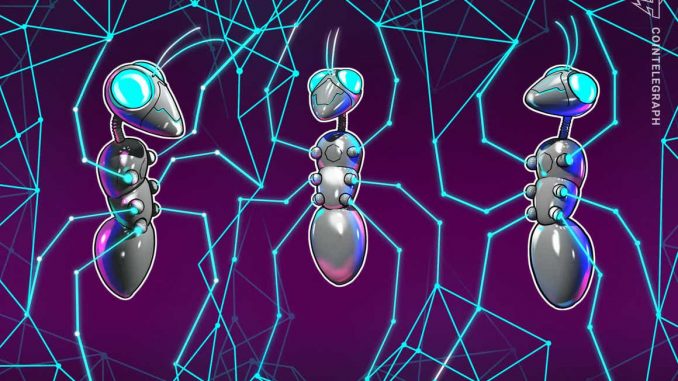
On Thursday, the Interchain Foundation, a nonprofit steward of the Cosmos ecosystem, announced the release of Interchain Accounts.
The Inter-Blockchain Communications protocol (IBC) enables an entire blockchain to control an account on a separate chain. It is the largest software upgrade to the Cosmos ecosystem since Stargate. To date, there are 38 projects utilizing IBC, including Terra, Crypto.org Chain and Gravity Bridge, with 8.4 million transactions in the past 38 days.
With Interchain Accounts, one blockchain can access the application features of another blockchain, such as staking, voting, swapping tokens, etc. “Enabling composability in IBC allows innovation in distinct applications to be deployed without needing to upgrade the entire Interchain,” said Charleen Fei, IBC product lead at the Interchain Foundation.
The same day, deBridge, a cross-chain interoperability and liquidity transfer protocol, announced the launch of its mainnet. Through deBridge, users will be able to transfer assets and data between blockchain networks starting with Ethereum, BNB Chain, Heco Chain, Arbitrum, and Polygon. For example, Solana users can interact with protocols in Polygon directly from their Phantom wallets without switching wallets or networks.
Similar to Cosmos’ Interchain Accounts, projects can also integrate with deBridge’s infrastructure to tap into the various cross-chain opportunities the protocol enables, such as asset swaps and transfers, governance voting, farming strategies, nonfungible tokens, oracle data, and much more. DeBridge has been audited by Halborn, Zokyo, and Ackee Blockchain and maintains an ongoing bug bounty program on Immunefi.
In addition to its public mainnet, deBridge is launching its official partnerships with decentralized exchange aggregators 1inch and ParaSwap for cross-chain swaps. DeBridge uses a lock and mint approach that continuously validates the current state of the protocol and checks if the total supply of the wrapped asset is entirely backed by its collateral.
If a wrapped asset loses its peg, security monitoring can automatically pause the protocol. Validator nodes also continuously update the state of the token balances on each supported blockchain and never allow total withdrawals of an asset to exceed its total deposits.





Be the first to comment